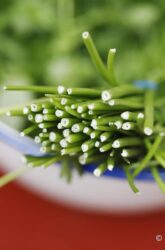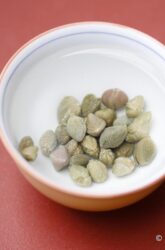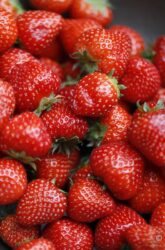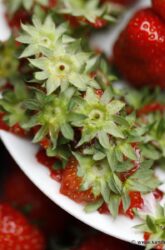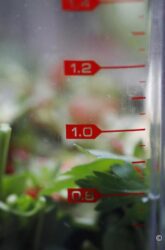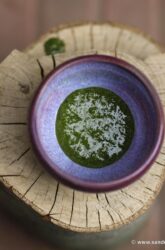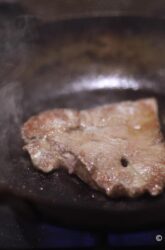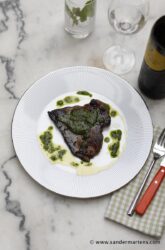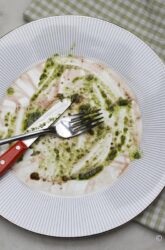Waste not, Want not is
the fifth column from the series DISH!
In a song about vegetables no less, Brian Wilson, former Beach Boy and melodist extraordinaire, describes what is presumably a moment of drug-assisted new view of the world: “I threw away the candy bar and I ate the wrapper, and when they told me what I did, I burst into laughter.” The first time I listened to him sing this verse during his Smile tour I remember the feeling of my whole face breaking into a spontaneous smile, my soul somewhat more open. Since then, I have often taken inspiration from his lyrics, not so much because I find candy bar wrappers to be of great culinary value, but as a reminder to expand my view of the ingredients that find their way into my kitchen.
We have very clear, though frequently equally limited, views of what is of value and what is not. Bones are removed and thrown away, though they make the best stock, the rind of pricey and precious Parmigiano-Reggiano is discarded, though it deepens the flavour of soups, and, if we are to turn our attention to Wilson’s vegetables again, stems, flower, leaves, and roots are thrown away with not a thought spared as to why. We keep the roots of the carrot and throw away its leaves, and we do the opposite with parsley, largely because of conditioning and not the flavour gifts each part has to offer. Let’s break that pattern, even if with one recipe.
Take a bowl of strawberries and trim off all the healthy green tops you can find. Reserve the fruit for dessert or eat them as a snack while you prepare your dish.
If you are lucky enough to have picked them from your garden, gather a few young, bright green strawberry leaves too (leave all leaves that aren’t pristine behind; as the leaves decay they become less palatable and potentially dangerous). You should have a small cup of leaves and strawberry tops, perhaps with a few white or green parts of the fruit too.
That’s fine; what was waste yesterday is green gold today. Add to that an equal amount of parsley leaves (throw in some stalks too, you mind-expanded cook, you), maybe a few leaves of basil or coriander also, for a broader profile. Add all this to a blender with a tablespoon of white wine vinegar, some salt, some green capers, a small garlic clove, a half teaspoon of mustard, and, to start with, about half a cup of good quality olive oil. Start blending and keep adding oil until you have a luscious sauce. Adjust the amount of salt and vinegar, as needed (this is a slightly sharp sauce, not as much as a vinaigrette, though). Congratulations, you have in your hands the first strawberry-leaf salsa verde. Use it to dress grilled vegetables or, better still, some grilled lamb kidneys or even a rich venison steak.
TEXT TASSOS SARAMPALIS | PHOTOGRAPHY SANDER MARTENS
DISH is the brainchild of two friends, Sander Martens and Tassos Sarampalis. Though they come from very different parts of the world, they are both inspired by food; Sander as a photographer and Tassos as food writer. Together, they explore the taste and nature of food, visually, culturally, and artistically, influenced by their international and local experiences. The column is published every two months in Villa d’Arte (Kookkunst).
© Sander Martens & Tassos Sarampalis, all rights reserved

